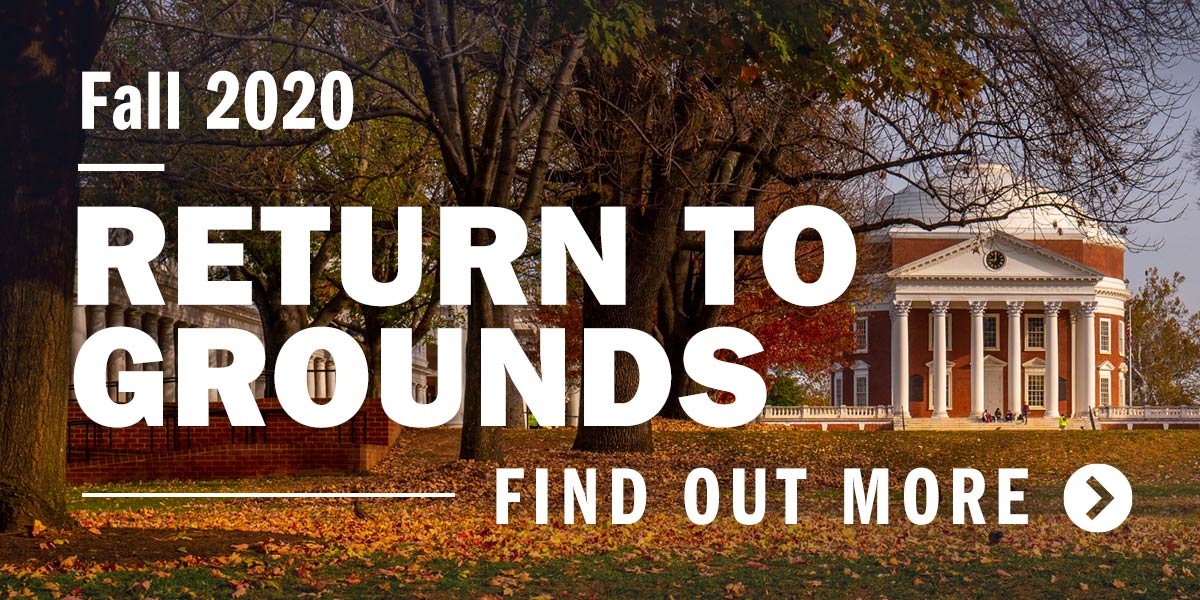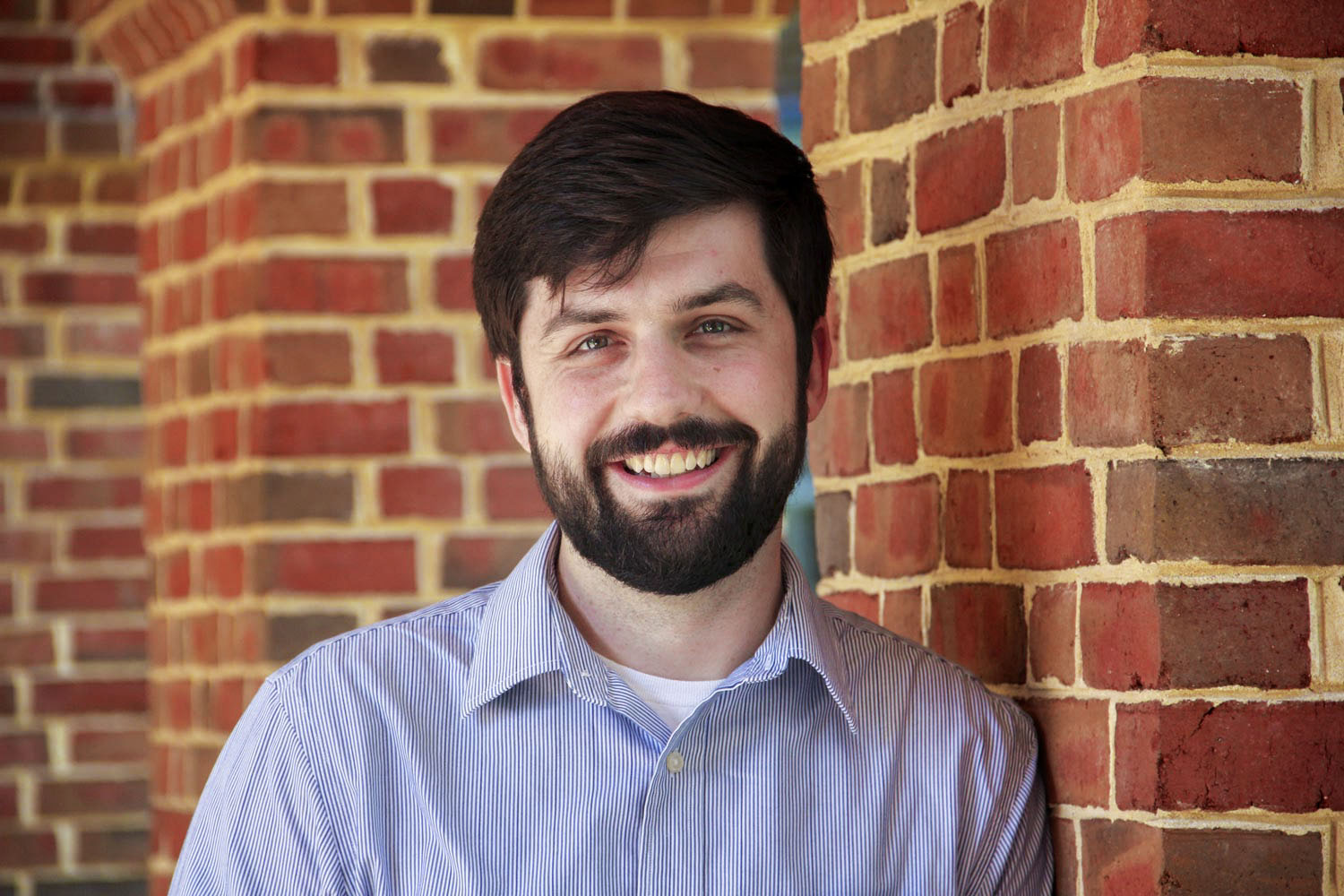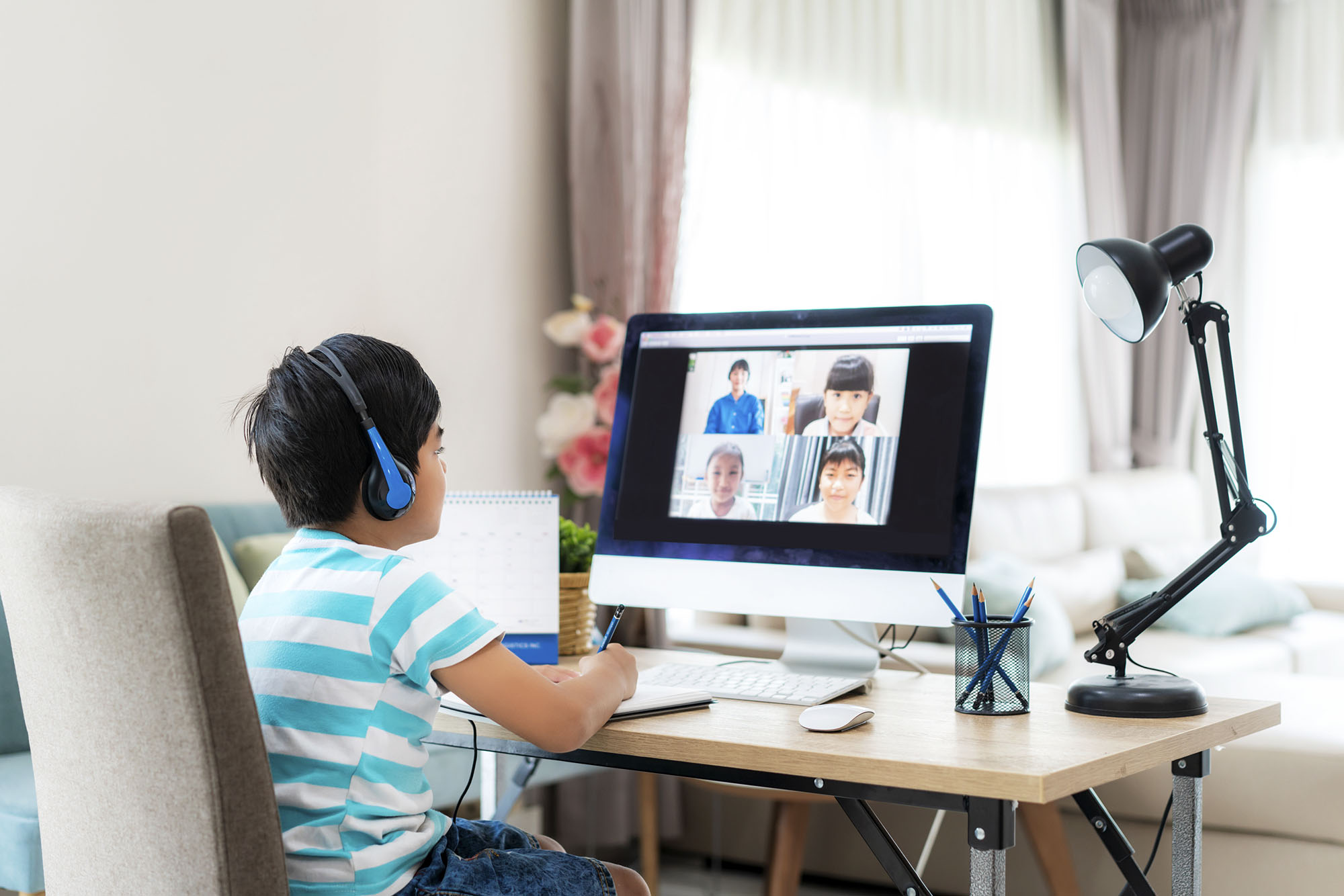Only a few weeks after Virginia shuttered its K-12 schools in March due to the pandemic, University of Virginia assistant professor Michael Lyons was asked to serve on a statewide task force to create recommendations for the fall return to school.
Created by the Virginia Department of Education and comprising teachers, education leaders, and partners from across the commonwealth, the Return to School Recovery Task Force published a lengthy report in July with resources and recommendations focused on “how to equitably serve every student to ensure their safety and their success” as the new school year commences.
Lyons, an assistant professor of clinical and school psychology at the Curry School of Education and Human Development, co-chaired a task force subcommittee focused on supporting the social and emotional well-being of students, school staff, and families and communities.
Lyons shared his thoughts on why a focus on social and emotional well-being is critical and how the committee’s recommendations will serve Virginia’s students, educators and communities.

Q. Many suggest that the pandemic has been a traumatic experience for some students and communities. Can you explain what this means?
A. A traumatic experience is an event that has the potential to overwhelm a person’s ability to manage their feelings or emotions and significantly interferes with their day-to-day functioning. Students, families, and communities can have a variety of reactions to the stress associated with the pandemic; some students may be able to return to school quickly whereas others may need additional support to return to learning. Because it can be difficult to predict how stress associated with the pandemic will affect a student’s day-to-day functioning, promoting social and emotional well-being requires a variety of strategies.
Q. Why is a focus on social and emotional well-being critical in any discussion of back-to-school policies?
A. Social and emotional well-being is not simply the absence of a mental illness; rather, social and emotional well-being refers to social and emotional skills that people use to manage stress, achieve goals and maintain healthy relationships with others.
Students with high social and emotional well-being tend to perform better academically and are more resilient to stress. Just as schools teach math and reading, social and emotional skills must be taught. At a time when stress is high, social and emotional skills are even more critical for students to be successful in school.
Q. What are some of the recommendations your committee proposed?
A. The task force focused on providing recommendations to schools to ensure that all students have equitable access to high-quality instruction and related support.

Curry professor Michael Lyons was asked to serve on a statewide task force to create recommendations for the fall return to school. (Contributed photo)
Although everyone has been impacted by the pandemic in some way, we are seeing pre-existing racial, economic and health disparities exacerbated by the pandemic. We recommended that schools work alongside families to address inequities – particularly among historically underrepresented groups, including minority, non-English-speaking and low-income students. The task force provided an “equity audit” planning document to help schools consider how to address these issues in their communities.
The committee on student social and emotional well-being recommended that schools begin by embedding social and emotional learning into the general education curriculum to ensure equal access to these skills.
Q. In the context of back-to-school recommendations, why did you feel it was necessary to include recommendations for families and communities, in addition to students and educators?
A. Families and communities have always been integral for supporting student social and emotional well-being. But family and community well-being are more important now because students are spending more time at home.
We recommended that schools facilitate two-way communication and work to elevate the voices of the families and communities that have been historically underrepresented, for two reasons. First, by understanding the community needs, schools will in a better positioned to make more informed decisions about the upcoming school year. Second, schools cannot do this alone – families and community resources are essential for student social and emotional well-being.
Q. Regardless of the mode of instruction, schools will be resuming instruction while still in the midst of a pandemic. As we continue through the fall, what should students, teachers and families be mindful of, in terms of social and emotional well-being?
A. Students and families will continue to have different experiences and reactions to those experiences this fall. To address these different needs, we must continue to celebrate, and elevate, the strengths and resiliency that students, families and communities have shown thus far.
We also must recognize that, for some, added stress may require additional mental health support. Changes in a person’s behavior – for example over- or under-sleeping, missing class or misbehaving – may be one indicator that additional professional support is needed.
Media Contact
Article Information
August 24, 2020
/content/back-school-recommendations-boost-students-and-teachers-well-being

